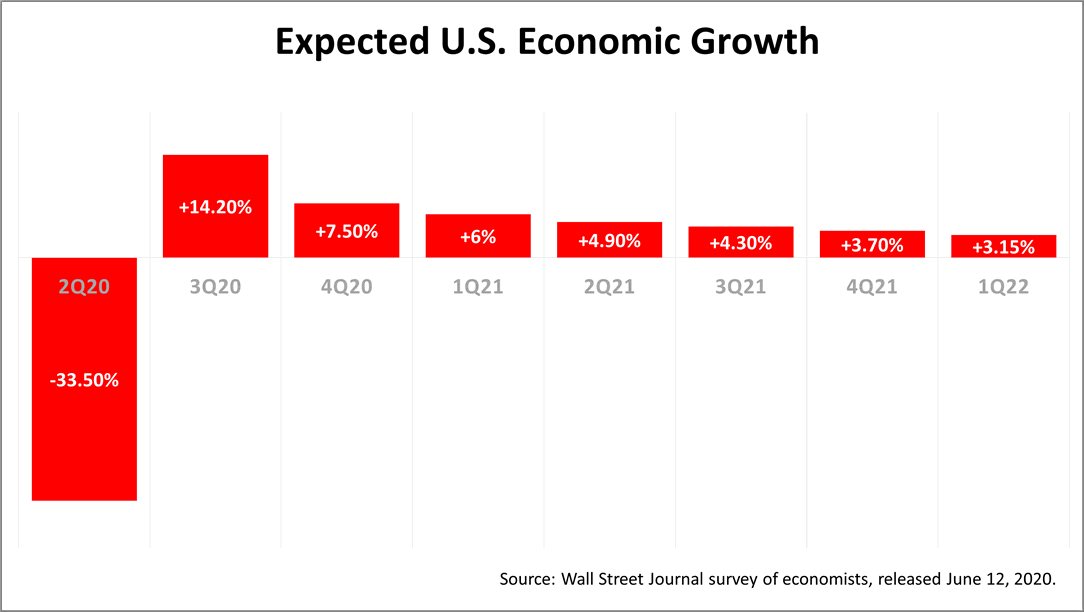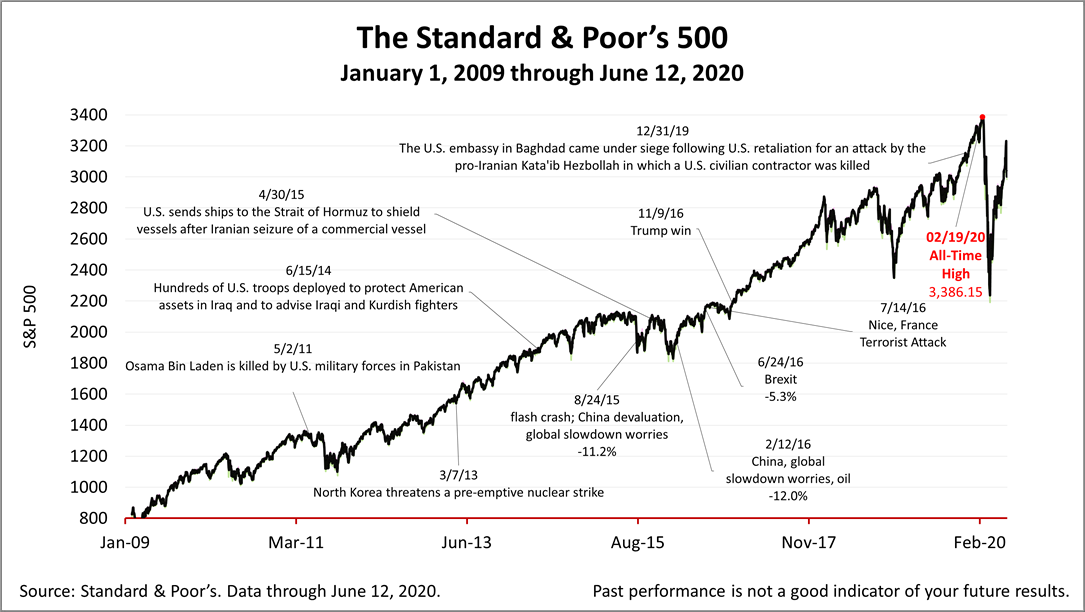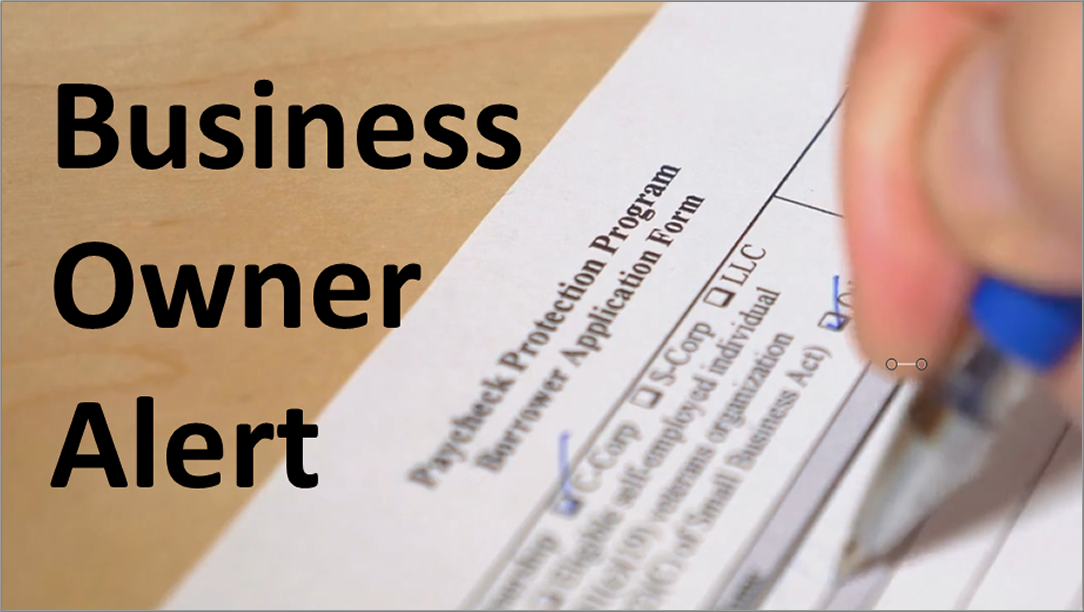PPP Update For Business Owners
(Tuesday, June 9, 2020, 9:07 p.m. EST)The Paycheck Protection Program Flexibility Act (PPPFA) of 2020 modified terms of forgiveness for loans to businesses under the Paycheck Protection Program (PPP) on June 5, 2020.
Since its enactment into law only 10 weeks ago, PPP started has undergone two legislative revisions. Here's a short history a business owner needs to know about PPP:
Round 1. PPP is the principal federal financial aid program for business owners harmed by the epidemic. The program is run through the Small Business Administration and was part of the $2.2 trillion Coronavirus Aid, Relief & Economic Security Act (CARES Act) enacted March 27, 2020. PPP authorized $349 billion in aid to businesses, in the form of forgivable loans, but that ran out in less than two weeks.
Round 2. A second tranche of $310 billion in PPP aid was authorized by Congress and signed into law by President Trump a month later and it’s now being distributed to qualified businesses.
Cleanup.PPPFA cleans up rules and requirements of qualifying PPP loans. For example, the criteria for a loan to be forgiven was softened considerably in two key ways:
Instead of requiring a business owner to spend 75% of the loan on employee compensation and only 25% on rent, utilities and other costs specified under federal law, a business owner can spend as little as 60% on compensation and still qualify for loan forgiveness. You must use the loan proceeds for payroll, health insurance, funding an employee retirement plan, and interest on a mortgage, rent, as well as utilities.
Another important easing of the loan forgiveness rules enabled in the new cleanup law: You now have 24 weeks to spend PPP loans, instead of just eight.
PPPFA also fine-tuned how many employees you must retain to qualify for loan forgiveness and spells out more clearly whether you can hire different employees during the 24-week period and still be eligible to qualify for loan forgiveness.
Another enhancement in PPPFA: Loan recipients are able to defer their share of payroll taxes until 2021 when 50% of such taxes must be paid, with the remaining half due in 2022.
With businesses at risk due to the epidemic, PPP is a lifeline to business owners. However, PPP's three legislative iterations have complicated its implementation for business owners, who must certify that the loan is needed under penalty of civil and criminal fraud, while remaining cognizant of rules for loan forgiveness. It’s beyond the scope of this article to offer personal advice or complete details of the series of PPP laws. If you have questions about PPP or how it impacts your long-term personal financial situation, please contact us.
Nothing contained herein is to be considered a solicitation or research material. It is subject to change without notice. Strategies referenced herein do not take into account your personal objectives, financial situation or particular needs of any specific person. The material represents an assessment of financial, economic and tax law at a specific point in time. The sources are thought to be reliable but could be wrong about important facts.
The U.S. Government's response to the Coronavirus crisis implements new regulations and their precise impact may not be available at the time this was written or could be subject to change by U.S. Government agencies, such as the Internal Revenue Service or Small Business Administration.




